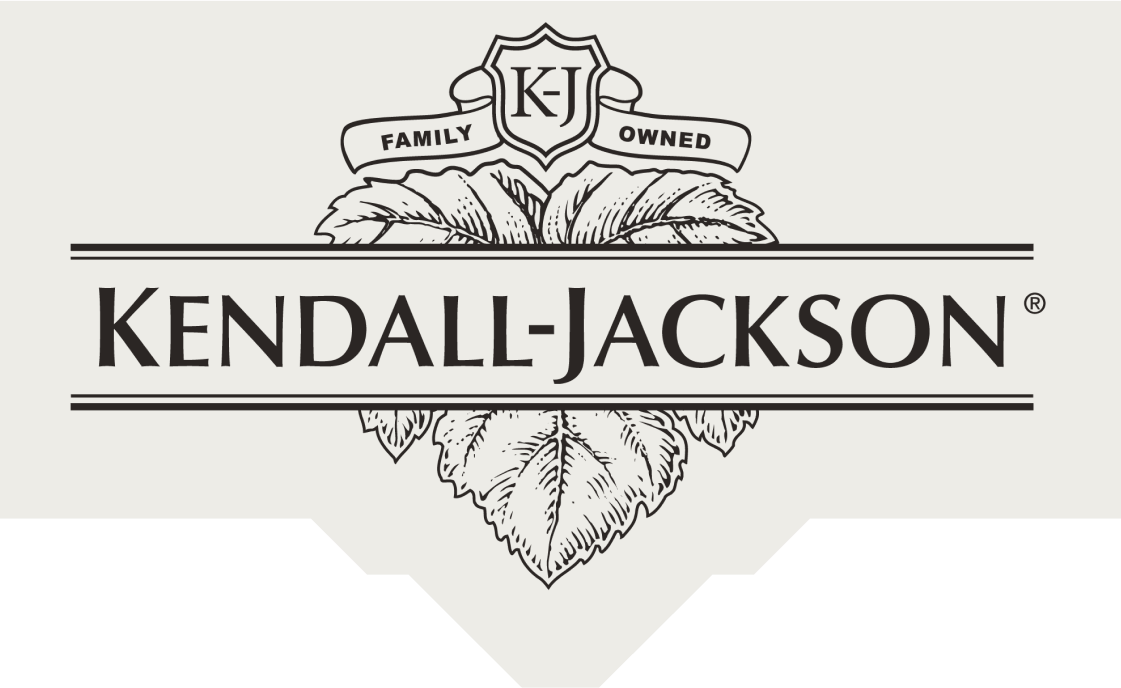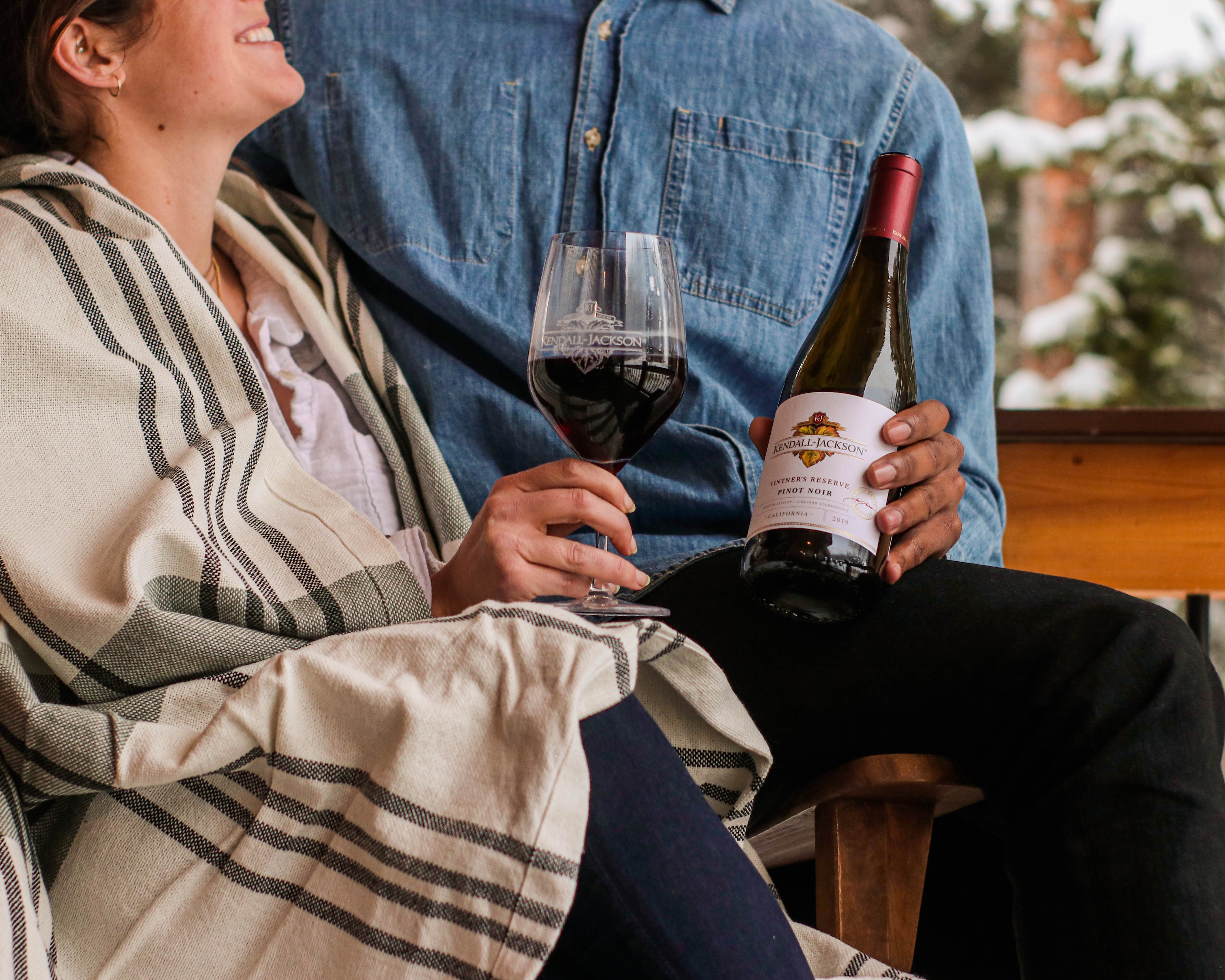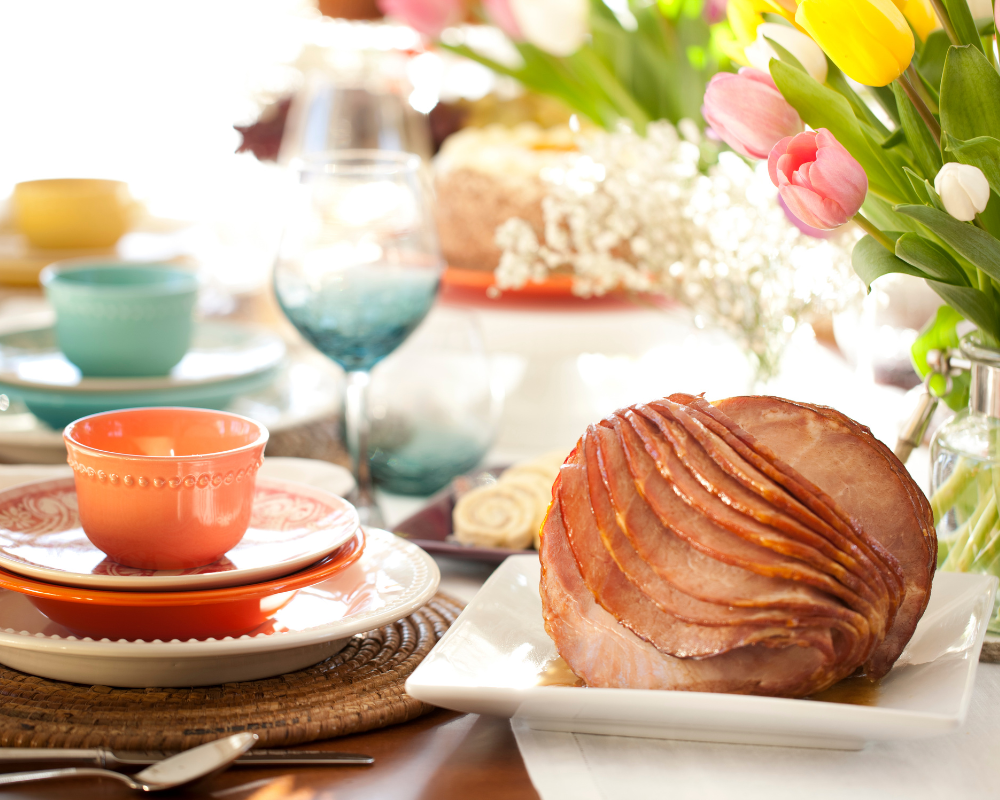How Many Ounces are in a Bottle of Wine?
While most things about wine are as different as the pantone colors of a rainbow observed from different vantage points, one thing is always the same today: how many ounces are in a bottle of wine. Your typical, 750 ml bottle of wine, that is.
The standard, 750 ml bottle (milliliters are always the measure for beverage alcohol on a wine label) translates into 25.4 ounces. For non-metric-unit users, that is just over 1.5 pints or just over three-quarters of a quart. Remember the 12-ounce soda can? Two of those would be almost enough to fill a wine bottle.
Wine Bottle Sizes
Wine bottle sizes weren’t always uniform. The mass shift to glass bottles may have begun in the 17th century, but the first use of glass bottles began with the Romans. Some speculate that the average bottle size then and now – as habit has it - was about the size that the average glass blower could blow.
Whatever our fetishes for large bottles are today (they are very trendy in chef-driven restaurants, even for serving wines by the glass), the Romans – despite their inexhaustible human resources – figured that serving glass pours of wine from heavy, two-handled amphora (those clay vessels we often see in museums now) was either inelegant or impractical. An amphora back in the day, according to The Oxford Companion to Wine, contained 26.14 gallons, or a cubic Roman foot. The liquid alone would weigh 218.5 pounds.
What are the Different Types of Wine Bottles and How Much Wine Do They Hold?
Here are modern measures in ounces and milliliters or liters for different sizes of wine bottles:
| Bottle |
Milliliters or Liters |
Ounces |
| Standard | 750ml | 25.4oz |
| Quarter - a "Piccolo" or "Split" in Champagne | 187ml | 6.03oz |
| Aluminum Cans - American Beer Can Size | 354ml | 12oz |
| Half, Demi or Split | 375ml | 12.07oz |
| Sweet Wines | 500ml | 16.09oz |
| Magnum - 2 standard bottles | 1500ml | 50.07oz |
| Jeroboam or Double Magnum - 4 standard bottles (this is also typically the quantity held in box wines) | 3L | 100oz |
| Rehoboam - typically a format for Champagne | 4.5L | 152oz |
| Jeroboam Bordelais - before the 1980s, the Jeroboam Bordelais was 4.45L, or just under six standard bottles | 5L | 169oz |
| Imperial - Bordeaux-shaped bottles | 6L | 203oz |
| Methuselah - slope-shouldered bottles for sparkling wines | 6L | 203oz |
| Salmanazar - though a single bottle, this holds as much as a case of 750ml bottles | 9L | 304oz |
| Balthazar - 16 standard bottles | 12L | 406oz |
| Nebuchanezzar - 20 standard bottles | 15L | 507oz |
| Melchior - 24 standard bottles | 18L | 608oz |
| Solomon - rarely-used format mostly seen in Champagne | 20L | 676oz |
| Sovereign 33.3 standard bottles | 25L | 845oz |
| Primat or Goliath - 36 standard bottles | 27L | 913oz |
| Melchizedek | 30L | 1,014oz |
Finding Large or Alternative Bottle Formats
As you might guess, these larger format bottlings can be hard to find. There are some other peculiar bottle sizes, too.
- 100ml, 3.3 oz - certain wine clubs send wine “test tubes” to trial in this size
- 310ml, 10.5 oz – one of the two classic French, Jura Vin Jaune bottle quantities
- 500ml, 16.9 oz – not just for sweet wines (see above), a format considered perfect for one person’s dinner by Italy’s Friulian rock-star winemaker, Stanko Radikon
- 620ml, 21 oz – the second classic French, Jura Vin Jaune bottle quantity
- 1000ml, 33.8 oz – considered by Italy’s Stanko Radikon to be the perfect quantity for two people for dinner (see above)
Surely without question, the most unique wine bottle size is the 570ml, or 20 ounce, wine bottle made explicitly for Sir Winston Churchill. This volume of wine was considered by the Second World War Prime Minister of England to be a proper beverage serving for breakfast. For perspective, we typically refresh ourselves with six to eight ounces of orange or grapefruit juice in the morning. (Ahem.)
Do Different Bottle Shapes Hold the Same Amount of Wine
Assuming we are talking about the standard bottle, yes, the bottles hold the same number of ounces of wine. That can seem surprising between some of the most basic shapes: the Alsatian flute, the Burgundian bottle and the Bordelais bottle. They all look so different!
Even the heavy and seemingly gargantuan “sommelier” bottles (which are mostly shaped in the Bordeaux style and hailing from the New World, or non-European countries) contain the same amount of wine. Though these bottle types are associated with French wine regions by name, these bottle shapes are used around the world.
In case you’re not familiar with these classic wine bottle shapes, here is a primer:
- The Alsace flute tends to be used by wineries making highly scented – sometimes dry and sometimes off-dry – white wines.
- The Burgundy bottle is mostly used for Pinot Noir, Chardonnay, Syrah and Rhône blends as well as the more elegant styles of Tempranillo from Spain.
- The Bordeaux bottle tends to be used for everything else, whether white or red, and frequently houses more boldly structured wines.
There are other cool shapes for wine bottles that also contain the same amount of wine. Examples include those unusual and very pretty Domaine Ott family rosé bottles from Provence, France and quite a few Champagne bottles. Regardless the unique shape, the standard bottles all still hold 750 mls. Some are just easier to store than others!
How Easy Is It To Find Small or Large Wine Bottles
For premium quality wines, it is most common to find magnums and half bottles when looking for alternative formats. However, some producers prefer to produce in only one format. Yet even if a producer bottles in multiple formats, the larger-format bottles are typically more rare. Sometimes it is hard to purchase these bottles as they make their ways onto the auction markets quickly. This is because large bottles of fine wine are generally considered collectibles because of their rarity as well as for the fact that they age more gracefully over time.
How Do Wines Age in Different Bottle Sizes
Generally, the larger the bottle, the more age-worthy the format is. This is because the ullage, or the amount of oxygen sealed with the wine under the cork, is about the same, regardless the bottle size. Hence, the oxygen ullage of a larger bottle is spread out over a much larger amount of wine, which slows the aging process.
Smaller bottles of wine age faster, per the above logic. That’s fine as they tend to be consumed earlier for their more approachable volumes.
What Are the Different Wine Glasses Sizes? How Many Ounces of Wine Do They Hold?
We’ve all sat down at a bar and wished the bartender had poured just a few splashes more into our glasses. Typically, our perception comes down to the glass size. A five-ounce pour can look pathetic in one of those large, sommelier-style, hand-blown glasses, or rather generous in a smaller, more vertical glass.
Generally speaking, still and sparkling wines are served in approximately five-ounce pours. That is one-fifth of a bottle. This fits perfectly with the common idea that a bottle of wine serves two at dinner. Each person gets two glasses and a smidgeon more.
Some venues, especially Italian-style ones, occasionally present wines in carafes. These mini decanters usually hold 250 or 500 ml, or one-third to two-thirds of a bottle of wine. A 250 ml carafe holds 8.4 oz, which is the equivalent of a very tidy 1.5 glasses (based on a 5 oz wine pour.) Sweet wines, usually offered with dessert but sometimes at the beginning of a meal, are usually poured in 3 oz measures and in much smaller glasses. Learn more about wine glasses in our ‘Premiere Guide to Types of Wine Glasses.’
Wine Serving Size and Social Situation
The wine serving size per ounce and the social situation definitely go hand-in-hand. The larger the group, the easier it is to bring out a large format bottle with more fluid ounces of wine and be certain that the bottle will be fully enjoyed. The more glasses of wine in a bottle the merrier, and I’m not suggesting thimble-sized pours!
Large format bottles work especially well at large gatherings or at bars or restaurants where it is possible to pour through all of the ounces in a large wine bottle within a few days. Still, large format bottles should not be dismissed for large gatherings where only a wine or two are being poured. For example, a large luncheon for 25 people could easily handle three magnums (each bottle being 1.5L, or 51 ounces) when the pour is five ounces.
For a multi-course meal, sometimes smaller bottles of wine work better. For tasting course pours, three ounces of wine can suffice, assuming there will be many glasses of wine in the pipeline. In this scenario, a half bottle (375 ml, 12.7 oz) can serve four people three ounces of wine each for a tasting menu.
While a typical wine bottle contains 750 ml or 25.4 ounces of wine, there are plenty of reasons to go off-format. More people? Impress with a larger format! Fewer people? Maximize wine options with smaller bottles and lighter pours. Everyone will feel just as spoiled. The math of wine service is easy. Master it and pour your way to hosting success!
Looking for more information about wine? Check out our entertaining page!
Christy Canterbury is a Master of Wine, journalist, speaker and judge based in New York City. In 2014, she was short-listed for the Roederer Online Wine Communicator of the Year Award. Her work has been published in Decanter, Wine Enthusiast, Edible Green Mountains, Wine Searcher, Food Arts, Snooth, Beverage Media, TimAtkin.com, Civiltà del Bere, Wine Business Monthly, TASTED, Selectus Wines and in other outlets.



